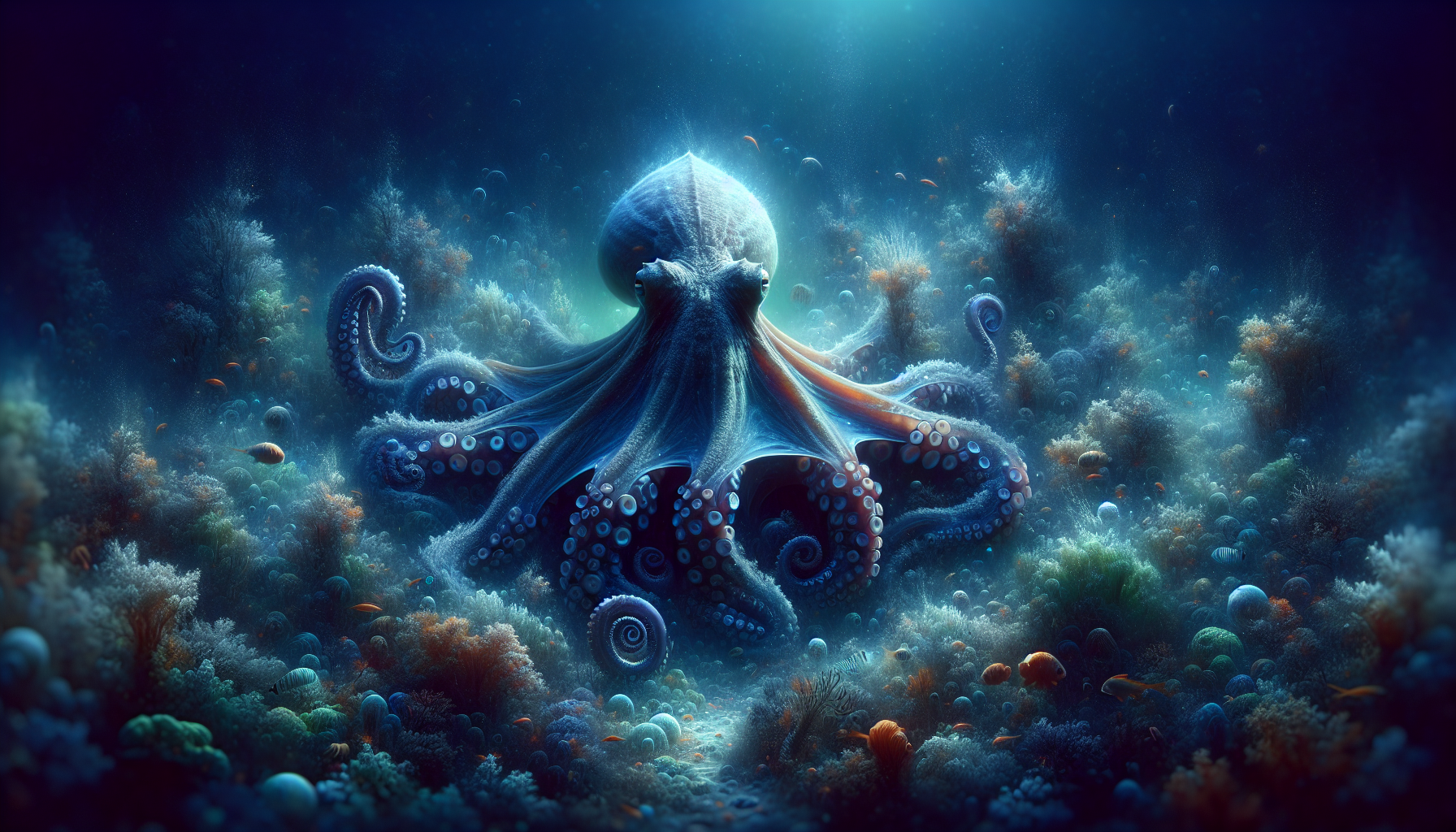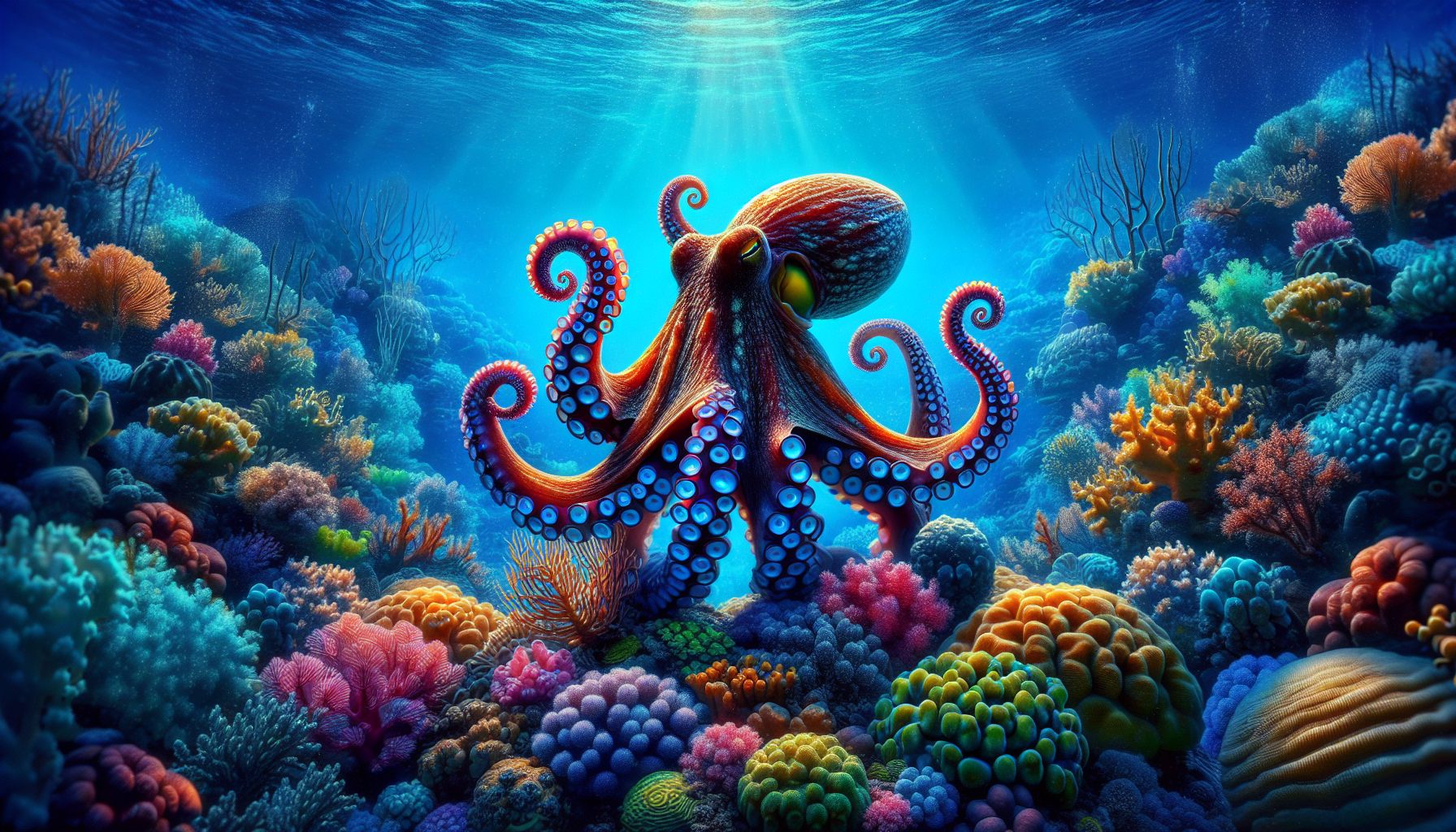Dive beneath the ocean's surface and you'll uncover a mind-boggling life form, "the octopus".
Not one, not two, but a whopping three hearts beat within this marine marvel.
But why does this soft animal packed with eight arms need three hearts?
What makes this cephalopod so distinct?
Octopuses need triple the usual number of hearts due to their peculiar lifestyle and survival adaptations.
Each heart has a specific yet crucial role.
Two hearts circulate nutrient-rich blood past the animal's gills, delivering the essential oxygen necessary for survival.
The third heart keeps things moving internally, maintaining blood flow for the organs.
When the octopus swims, this third heart literally skips a beat, making the octopus favor crawling over swimming.
More Than Meets the Eye: The Octopus Advantage
Their blue, copper-based blood, which transports oxygen, is more efficient in cold, low-oxygen environments than our iron-based blood.
This allows the octopus to explore ocean depths where others would not dare.
Also, the octopus, due to its adaptations to low-oxygen environments, doesn't have a well-developed storage method for oxygen, making its 'triple-heart' setup more necessary.
Their peculiar physiology extends even further.
These creatures can regenerate severed limbs, change their skin color and texture at will, and exhibit problem-solving skills similar to vertebrates!
Octopuses are soft-bodied and remarkably strong, using water in their bodies to create a make-shift skeleton.
So, let's put ourselves in the shoes (or tentacles) of an octopus.
As we crawl along the ocean floor with our three hearts, change our skin color to elude predators and regenerate a lost limb, we learn a serious lesson in evolution and adaptation.

So, how did the octopus develop these awe-inspiring trait's and what can we learn from them?
These are questions worth pondering upon and exploring further.
Delving deeper into the octopus's three-heart system, we find evolution unfurling its creativity.
The systemic heart pumps oxygenated blood to the octopus's body, while the other two, the "gill hearts", are responsible for pumping blood to the gills where it picks up oxygen.
When the octopus swims, the systemic heart halts and relies primarily on the "gill hearts."
With their copper-based, blue blood, octopuses require this extra pump power for adequate oxygen supply.
So next time you look at an octopus, remember it's more than an underwater oddball.
It's an incredible tale of adaptation and survival, serving as a token of the infinite surprises of ocean life.
On that note, we leave you with a thought:
If such extraordinary biological traits evolved in the octopus, what else could be hiding in our ocean depths, awaiting discovery?
And have you seen any underwater wonders that are worth sharing!

